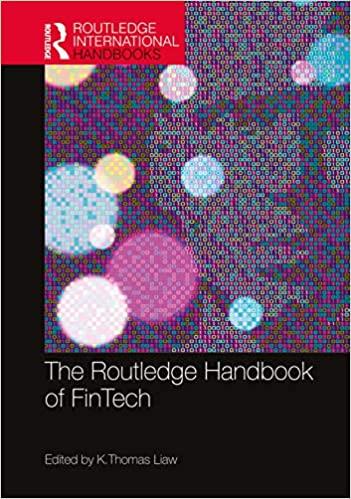Question
Happy Clown Carnival Company is scheduled to appear in a city on a particular Saturday. The profits that will be obtained depend heavily upon the
Happy Clown Carnival Company is scheduled to appear in a city on a particular Saturday. The profits that will be obtained depend heavily upon the weather. If the weather is rainy, the carnival loses $15,000; if it is not rainy, the carnival makes a profit of $5,000. Historically, the probability of rain on any given day is 10%.
The carnival has to set up equipment for its show, but it can cancel the show prior to setting up its equipment. Cancelling the show results in a loss of $1,000, regardless of the weather. However, for an additional $250 cost, the carnival can postpone its setup decision until the Friday before the scheduled performance. At that time, the carnival can obtain the local weather forecast for Saturdays weather.
The Weather Bureau has compiled data on its past forecasts. When it was rainy, the Weather Bureau had predicted rain 74% of the time. When it was not rainy, the Weather Bureau had predicted no rain 86% of the time.
(a) Set up the decision tree and determine the decision (SETUP or CANCEL) that maximizes the expected profit without waiting for a weather forecast on the blank page provided. Leave enough space to add to this tree in part (d).
(b) Determine the Expected Value of Perfect Information (EVPI) for the situation depicted in your decision tree from (a).
(c ) Append to your decision tree in (a) a decision tree diagram that includes waiting for the results of the weather forecast. Be sure to clearly label the branches and nodes.
(d) Determine the two posterior probability distributions for Saturdays actual weather
given the weather forecasts on Friday and put your results in the appropriate places on your tree in (c). (Hint: Bayes. ).
(e) . Calculate the Expected Values at each appropriate node for the part of the tree diagram you added in (c).
(f) Based on your results in (e), what is your optimal decision strategy?
(g) Calculate the Expected Value of Sample Information (EVSI) and the efficiency of sample information for this situation. Also calculate the Expected Net Gain of Sample Information. (ENGSI is the amount you expect to gain from the sample information after accounting for what it cost you to get that information.)
Step by Step Solution
There are 3 Steps involved in it
Step: 1

Get Instant Access to Expert-Tailored Solutions
See step-by-step solutions with expert insights and AI powered tools for academic success
Step: 2

Step: 3

Ace Your Homework with AI
Get the answers you need in no time with our AI-driven, step-by-step assistance
Get Started


